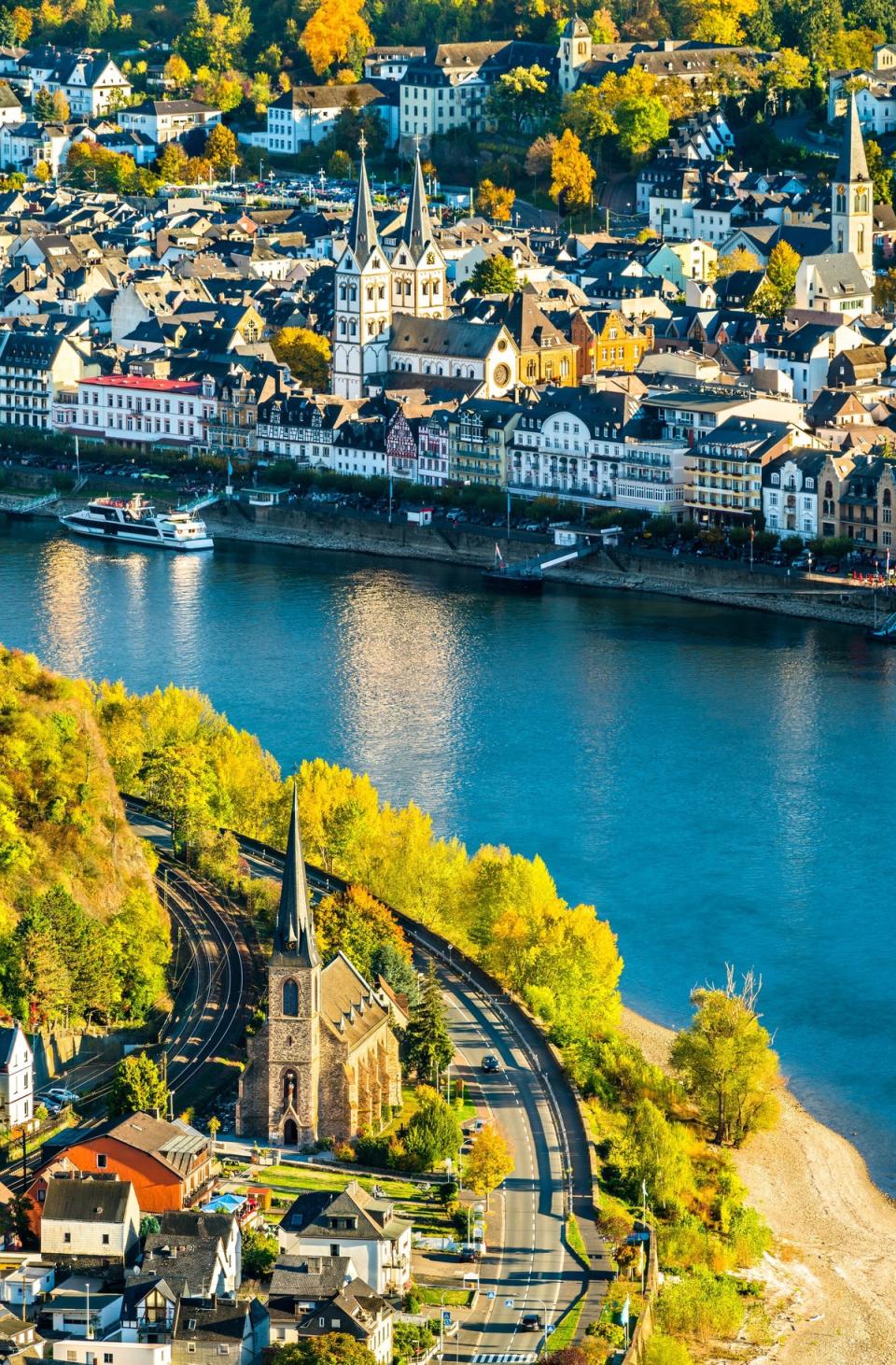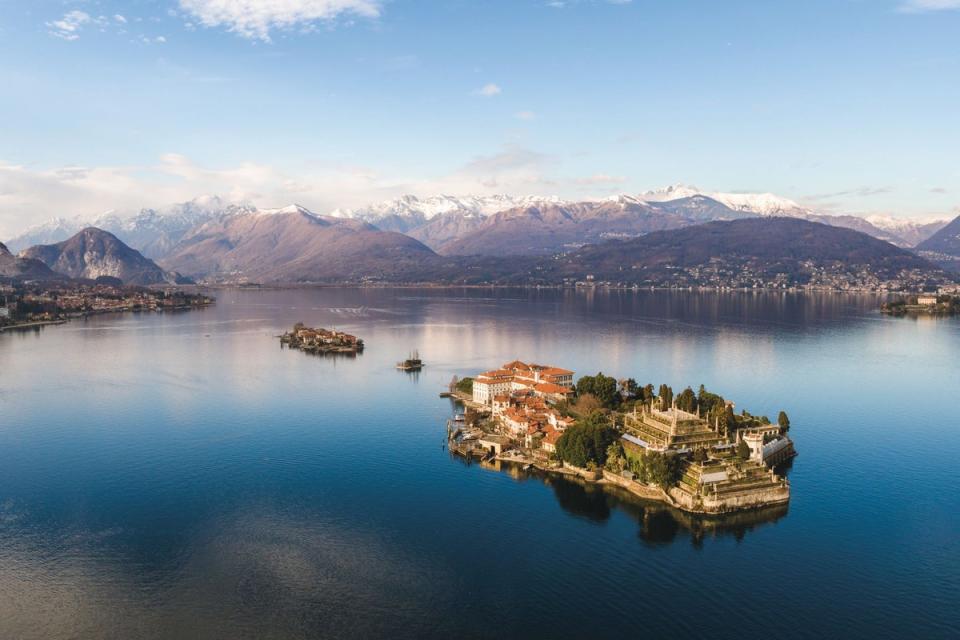Here’s a fun fact for anyone looking to go greener while exploring the continent this summer: Taking the train instead of flying can reduce the carbon footprint of your trip by up to 90 percent. What’s more, if you follow our headache-free tips, it doesn’t have to be as costly or complicated as you think; We guarantee that your trip will be much more magical.
Trust us, it’s easy
In a world free of the queues and stress of airports, traveling by train in Europe is a breeze. Following a fast, centre-to-centre Eurostar from London to Brussels, Paris or Amsterdam, the continent’s rail lines are a map of possibilities, heading north to Norway, to the shores of the Bosphorus in Istanbul, to the far south of Germany. Spain and thousands of exciting stops in between. Easy online booking, fast trains, affordable fares and incredible views await you; It’s like a journey without a carbon conscience.


Make a reservation in advance
Reservation is one of the areas where you need to think the same way when flying. Book early for widest availability and cheapest prices. Most services open three to four months before travel, and Eurostar can be booked six to eight months in advance. Although restrictions vary, seat reservations are always a good idea and mandatory on high-speed and premium services in many countries. During peak season, many popular trains from Paris to Swiss cities, such as TGV Lyria trains and Nightjet sleeper trains, sell out well in advance. Booking in advance will also reduce the cost of many intercity and regional trains where you cannot reserve a seat. Trainline.com is useful for many international journeys, but also compare national carriers’ booking sites.
Give us a pass
An Interrail ticket for exploring Europe as a continent or as individual countries still largely works as a system as it has for generations, offering flexible, unlimited travel for the duration of the pass. It’s often easiest to access via apps on your phone, but these aren’t always the best option: Point-to-point fares can be cheaper than a ticket, especially if booked well in advance, and some high-speed trains have prohibitive surcharges. and check to see if a pass will give you access if you’re traveling at peak times on popular routes, as there’s limited availability, especially in high season. But as well as the unrivaled sense of freedom, Interrail also offers free or discounted travel on many ferries, cable cars, museum entrance fees and more.
Try a night on the rails
New generation night trains have changed intercontinental travel. Originating in Austria and operated by the national railway (ÖBB), Nightjet routes offer modern, comfortable couchettes and sumptuous sleepers, some with showers. Newer trains running between Hamburg and Vienna offer innovative private mini-suites (single cabins); New trains will arrive soon on other routes. There are other fantastic sleeper trains across Europe; Try our own Caledonian Sleeper from Zurich in Switzerland to Ljubljana in Slovenia for a nighttime journey of moonlit rivers and snowy peaks, or from London Euston to the Scottish Highlands.
Dining cars and in-car picnics
In addition to its excellent network of comfortable and affordable trains, Czech Railjet services are among Europe’s best options for dining in a well-stocked dining car. Does sirloin, meatballs and cranberries, washed down with a draft of Czech beer or Bohemian sparkling wine, sound good? Look for good value happy hour prices. Polish, Swiss and Austrian intercity trains and Spanish start-up Iryo are also reliable options for good food on the rails. There’s always the option of an in-seat picnic: thoughtful passengers may want to avoid particularly fragrant cheeses and baguette crumbs strewn about.
Allow extra time
Delays may occur, so plan for them and allow plenty of time when connecting. These are rarely a big drama: most major routes offer multiple services on a daily basis, so you’re unlikely to fall too far behind your plans. Night trains can be particularly prone to slowing down due to their complex journeys and the addition or removal of carriages along the route. Wherever you are, if your connection hits intermediate points, follow the guard on your train for advice on whether you can travel on the next service or need a new ticket. Make sure you have travel insurance just in case. Many applications, such as Rail Planner or Omio, allow you to reconfigure cascade connections in a short time.


Branch out and look outside
One of the best parts of the train journey is finding yourself on a quiet line and seeing unexpectedly beautiful landscapes. Little-known treats are everywhere; The slower route from Florence to Rome via Perugia passes through a series of Umbrian hill towns. By contrast, the route from Barcelona to the French border at Latour de Carol consists of three hours of rugged Pyrenean landscape. Traveling from Koblenz to Trier up Germany’s Moselle River is a delicious detour into this corner of Europe’s fascinating wine country. Try detouring from the main line in Slovenia to enjoy the views of the Julian Alps, the SoÄ a River and Lake Bled on the beautiful wheelboat from Jesenice to Nova Gorica on the Italian border.
Pack clothes light, gadgets heavy
The best packaging strategy is to pack as lightly as possible; Carrying large bags onto crowded trains is never fun – but make sure you have everything you need to stay connected. Wifi, while often unreliable, is becoming increasingly common. While most trains come with power outlets, a battery pack is a useful backup, and noise-cancelling headphones can double as earplugs if you share the bunk. Take them to chat with friendly passengers for an extra rewarding experience; They’re probably just as happy as you are that you’re not getting on a crowded plane.
Tom Hall is a writer and railway enthusiast Lonely Planet. His happy place is heading to Zurich Hauptbahnhof in the summer, knowing that a dip in the Limmat River is just a few minutes’ walk away. He has written and contributed to many Lonely Planet games. Europe Without Flights, Guide to Traveling by Train in Europe And The Best of Travel. He also contributed to future studies. Lonely Planet’s World’s Amazing Train Journeys.